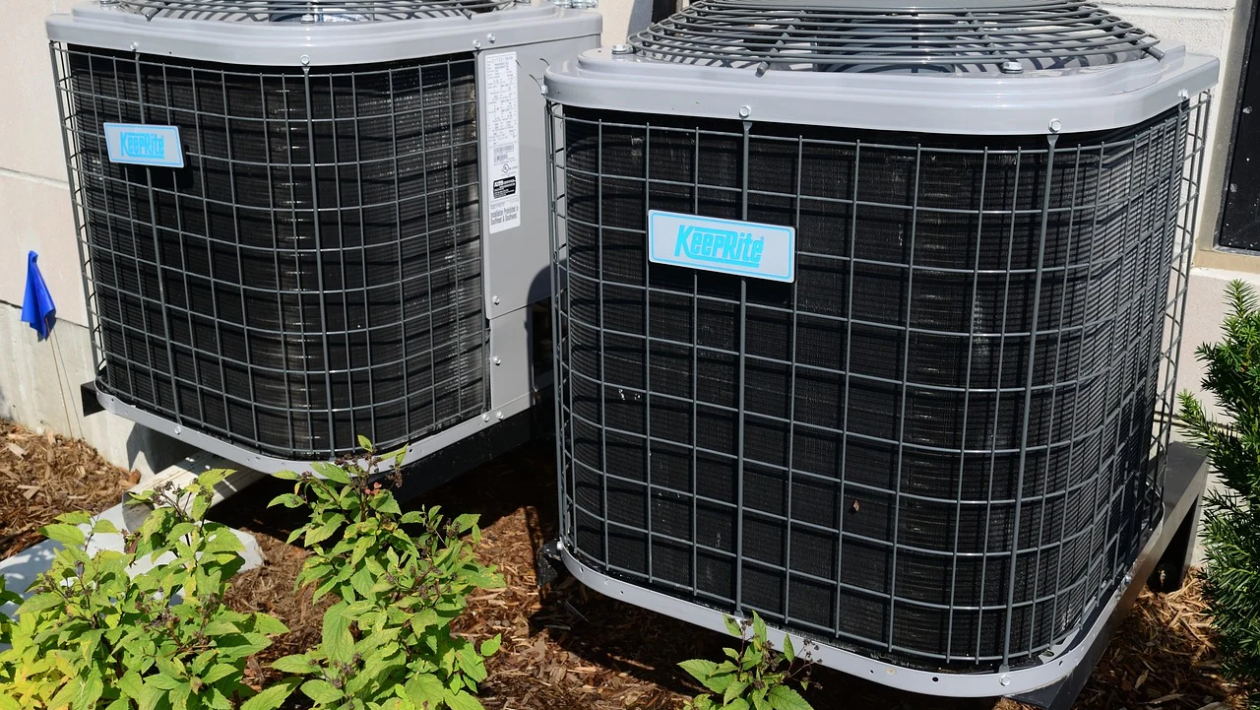If you’re looking for ways to improve the performance of your AC system, you’ve come to the right place. This article will cover the components of your unit, from the Compressor and Condensing unit to the Coolant chemicals and Installation. This article is for the average homeowner, so no matter what your experience level is, you can get some helpful advice.
Compressor
While compressors for air conditioning are generally the main component of an AC unit, they can also play a crucial role in the refrigeration process. While working in the field, you will probably encounter a variety of compressor types, and knowing what each one does and what it can do will help you make a wise choice.
Rotary AC compressor is a type of air conditioning compressor (https://en.wikipedia.org/Compressor) that is both compact and quiet, which makes it a popular choice for homes and quiet workplaces. This is the most common type within window units, portable units, and other smaller-framed devices meant to be non-permanently installed utilities.
The rotary AC compressor works by pushing air and refrigerant through a cylinder. This compressor is also highly efficient, as it uses a single helical rotor to push air. This type of AC unit is best suited for areas that require a lot of cooling capacity, such as office buildings and shopping centers. The rotary compressor is a mechanical device that houses the suction and discharge valves.
The suction line pulls vapor from the air supply and then directs it into the cylinder. The discharge line is then routed to the condenser. The discharge line, on the other hand, takes the refrigerant from the compressor. These two components together create the cooling effect of an AC system. In this way, the compressor can provide the necessary cooling for a home or office.
Condensing unit
A condensing unit in air conditioning is an important part of a vapor compression AC system. This part of the system is responsible for sending hot air from inside your home outside where it will condense into a cold liquid. In an AC system, the condensing unit may be responsible for any of a variety of functional issues, but mostly can be responsible for short-circuiting.
Regular preventive maintenance of the condensing unit in air conditioning is essential to maintain its heat exchange capacity and to ensure that all other components are operating at peak performance. The first warning sign of a broken condensing unit is the inability to supply cool air. The next step is to inspect the condenser and make sure that it’s clean. There are a number of ways to tell whether the condensing unit is malfunctioning.
The condenser is the most important part of an AC system. This unit absorbs heat from the air inside your home and dissipates it into the outside air. This enables the cooling process to continue. The condensing unit is one of three primary air conditioning elements, the other two being the compressor and the evaporator.
Coolant chemicals
CFCs, or chlorofluorocarbons, are safe and nontoxic AC unit and refrigerator coolants. They are also popular in aerosol can propellants, electronic parts cleaners, and foam blowing agents. They were developed in the 1920s by chemists who named the new chemical Freon.
CFCs are made of carbon, chlorine, and fluorine, but differ in the number of chlorine atoms. Most contain one or two carbon atoms. The primary use of these chemicals is in automobile cooling systems. Unlike the common R-22, which was banned in 2015, R-410A is environmentally friendly, absorbing more heat than R-22.
This coolant also operates at higher pressures than R-22, so it requires higher quality compressors. This is something any air conditioning company will know. This results in better construction and a decreased chance of cracked systems. Therefore, it is recommended to replace the coolant in automobile AC systems if you’re looking for a greener solution.
Chlorofluorocarbons, or CFCs, were widely used in AC units during the second half of the twentieth century. However, CFCs are harmful to the Earth’s ozone layer. This is why CFC production was banned in the United States in 1995. Currently, nearly all AC unit systems use halogenated CFCs which are the safest bet.

